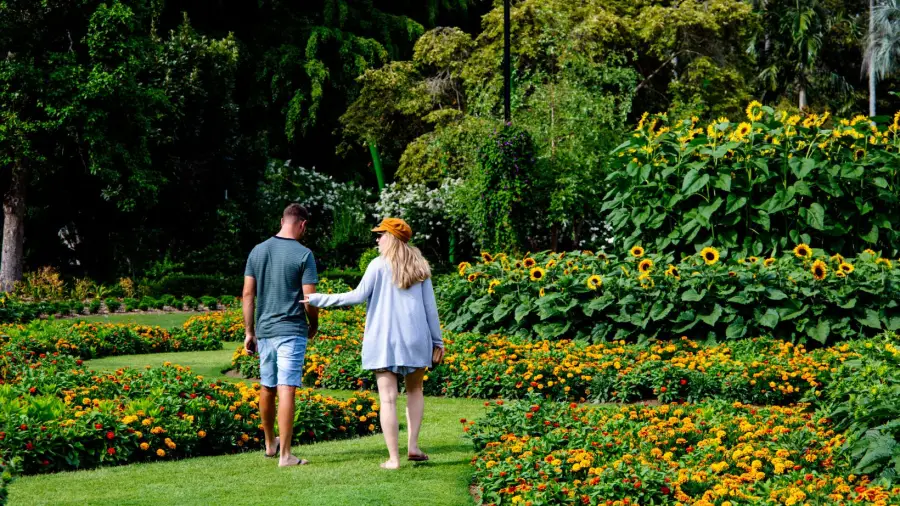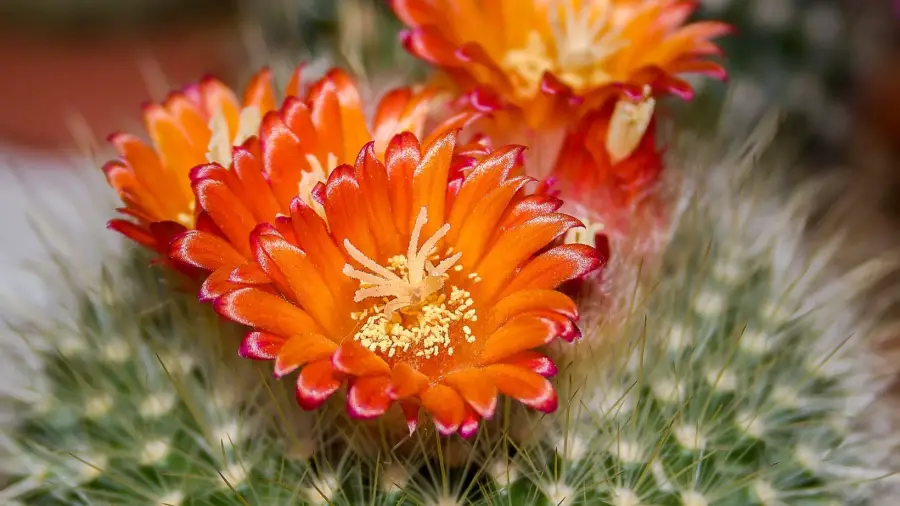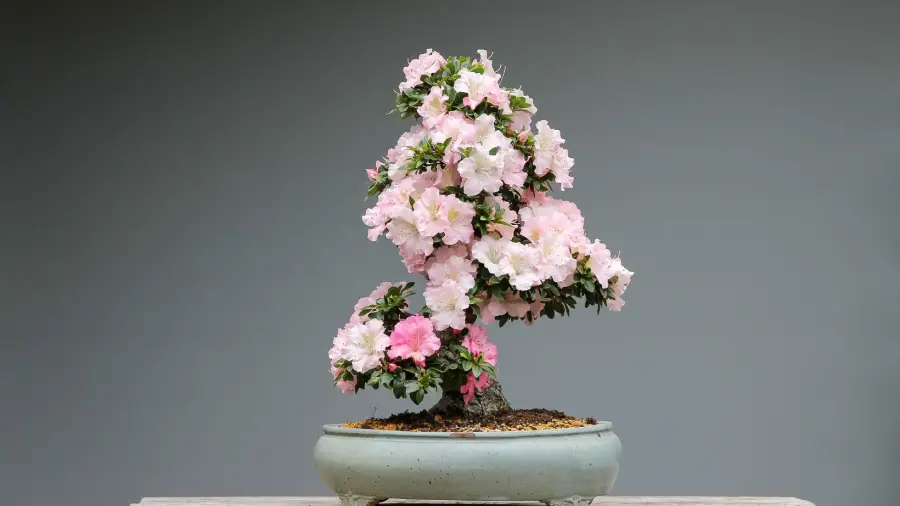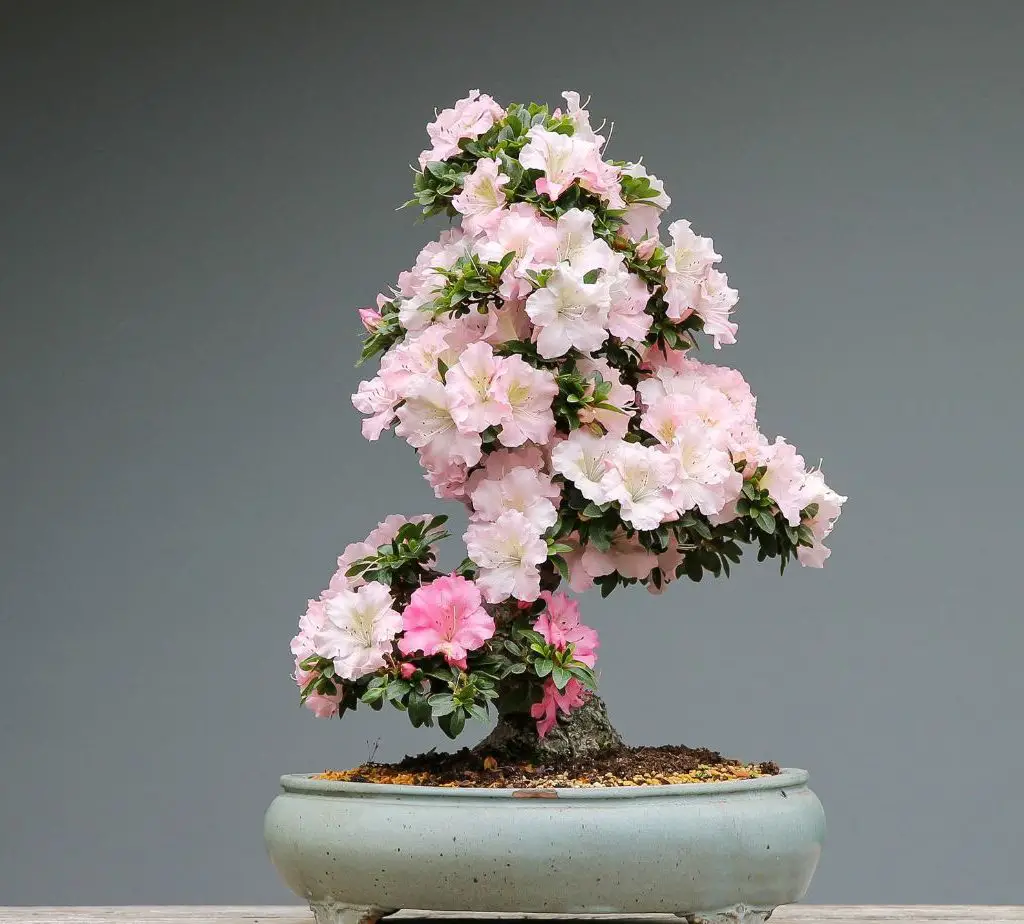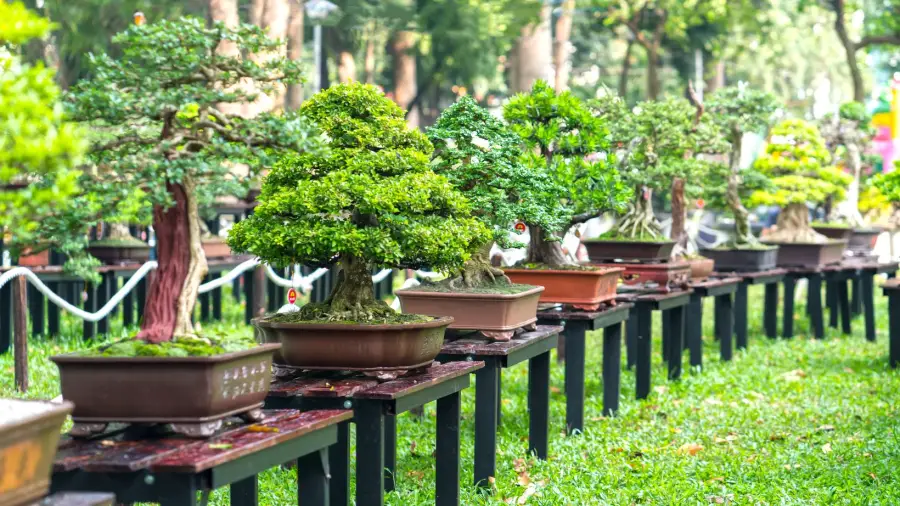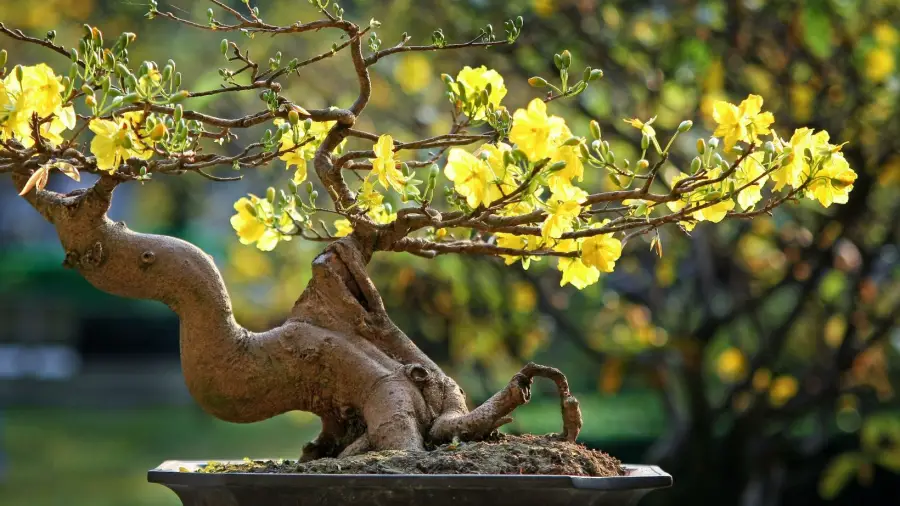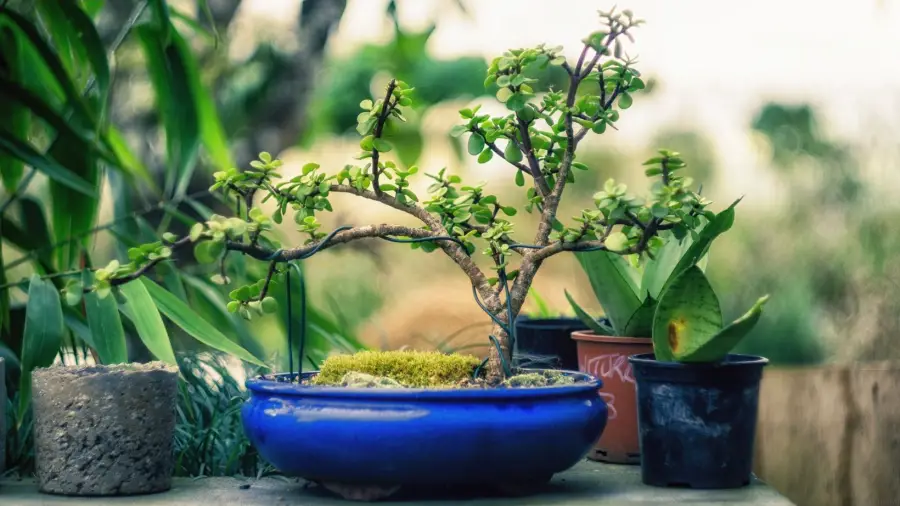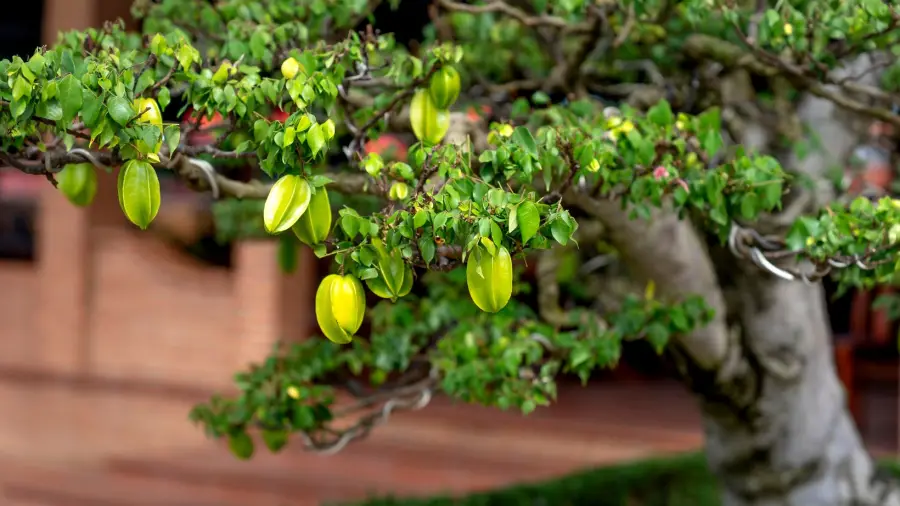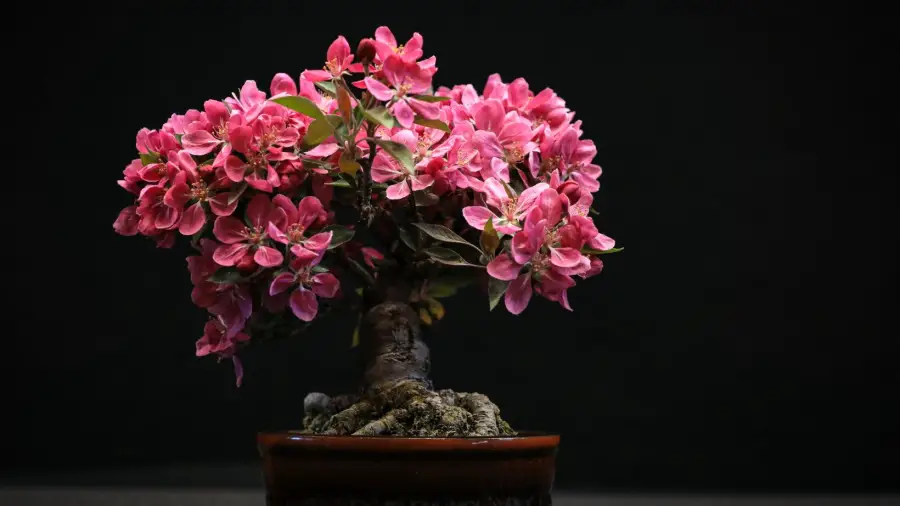Botanic Gardens are nature’s masterpieces, offering an oasis of tranquility amidst bustling urban landscapes. These carefully curated spaces showcase the diversity and magnificence of plant life, providing educational, recreational, and therapeutic benefits to visitors of all ages. In this article, we embark on a journey to explore the wonders of Botanic Gardens: Where Nature’s Beauty Blooms in Full Glory.

What are Botanic Gardens?
Botanic Gardens are botanical institutions dedicated to the study, conservation, and display of various plant species. They serve as living museums, highlighting the beauty and ecological significance of plants while promoting environmental awareness and research.
Table of Contents
A Brief History of Botanic Gardens
Botanic Gardens have a rich historical background dating back to ancient civilizations. The Hanging Gardens of Babylon, one of the Seven Wonders of the Ancient World, is considered one of the earliest botanical gardens. Later, during the Renaissance, medicinal herb gardens emerged, and the concept of botanical exploration grew during the Age of Exploration.
The Evolution of Modern Botanic Gardens
During the 18th and 19th centuries, botanic gardens became essential for plant taxonomy, medicinal plant studies, and the introduction of new crops. Today, these gardens have evolved to focus on conservation, education, and public engagement.
Botanic Gardens Around the World
Botanic Gardens can be found across the globe, each with its unique charm and regional flair. From the sprawling Kew Gardens in London to the tropical oasis of the Singapore Botanic Gardens, these havens of biodiversity continue to inspire and educate visitors.
The Importance of Plant Conservation
Botanic Gardens play a crucial role in plant conservation, acting as repositories for rare and endangered plant species. Through seed banks and ex situ conservation efforts, they contribute to safeguarding the planet’s botanical heritage.
Exploring Botanic Gardens: Where Nature’s Beauty Blooms in Full Glory
Venturing into a botanic garden is akin to stepping into a living canvas. The meticulous organization, thoughtfully designed landscapes, and diverse plant collections create a mesmerizing experience for visitors.
Prominent Features of Botanic Gardens
- The Glasshouses and Conservatories: These structures offer controlled environments that mimic diverse climates, allowing the cultivation of plants from around the world.
- Herb Gardens: Focusing on culinary, medicinal, or aromatic plants, herb gardens serve as sensory delights and educational resources.
- Rose Gardens: A symbol of love and beauty, rose gardens boast an array of vibrant colors and captivating fragrances.
- Japanese Gardens: Infusing Zen philosophy, these gardens feature tranquility, balance, and harmonious elements.
- Sculpture Gardens: Integrating art with nature, sculpture gardens showcase captivating sculptures amidst lush greenery.
Exploring the Flora: A World of Diversity
- Rare and Endangered Species: Botanic Gardens serve as sanctuaries for rare and endangered plants, offering hope for their survival.
- Native Plant Collections: Celebrating the flora of the region, native plant collections exhibit the beauty and importance of indigenous species.
- Tropical Rainforests: Some gardens recreate the allure of tropical rainforests, housing a profusion of exotic plants from far-flung corners of the world.
- Desert Habitats: Displaying the hardiness of desert plants, these gardens showcase the resilience of arid-adapted species.
- Aquatic Gardens: Featuring water lilies, lotuses, and other aquatic marvels, these gardens exhibit the beauty of plants that thrive in water.
Botanic Gardens: More Than Just Greenery
- Education and Research: Botanic Gardens serve as living classrooms, offering workshops, seminars, and research opportunities for students and scientists.
- Environmental Awareness: By promoting sustainable practices and conservation initiatives, these gardens raise awareness about environmental issues.
- Wellness and Therapeutic Benefits: The peaceful ambiance and lush green surroundings of botanic gardens have proven therapeutic effects, reducing stress and improving mental well-being.

FAQs About Botanic Gardens: Where Nature’s Beauty Blooms in Full Glory
What is the best time to visit botanic gardens?
The best time to visit botanic gardens is typically during the spring and early summer when many plants are in full bloom.
Are botanic gardens suitable for children?
Yes, botanic gardens offer an excellent opportunity for children to connect with nature, learn about plants, and enjoy outdoor activities.
Can I bring my pets to botanic gardens?
While policies vary, most botanic gardens do not allow pets to ensure the safety of the plants and other visitors.
Do botanic gardens have guided tours?
Yes, many botanic gardens offer guided tours led by knowledgeable experts who provide valuable insights into the flora and garden history.
Are botanic gardens wheelchair accessible?
Most modern botanic gardens prioritize accessibility and offer wheelchair-friendly paths and facilities.
Are photography and sketching allowed in botanic gardens?
Yes, photography and sketching are usually allowed for personal use, but commercial or professional purposes may require permission.
Conclusion
Botanic Gardens: Where Nature’s Beauty Blooms in Full Glory are extraordinary places that blend art, science, and conservation to celebrate the wonders of the natural world. These havens of greenery and biodiversity offer a respite from urban life while inspiring awe and environmental consciousness. So, immerse yourself in the allure of botanic gardens and experience the magic of nature’s grandeur firsthand.
(To get some idea about gardening : https://bonsainurserybd.com/gardening-ideas/)
